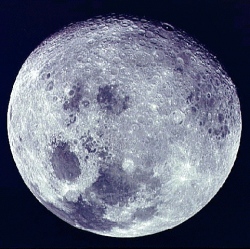
The Orion spacecraft is a key part of the next generation of NASA’s space exploration programs. Designed to go beyond low Earth orbit, Orion will be able to take humans farther than we’ve ever been before, eventually even to Mars. It embarks on its first test flight into space next year, and in preparation for this, NASA switched the spacecraft on for the first time this week.
During this particular test, technicians powered up Orion’s systems and ran it through several scenarios, using the on-board computer, power, and data systems. The good news is that everything worked according to plan. This was just one in a long series of tests that Orion has successfully passed.
Orion was developed to allow NASA to send astronauts to an asteroid, the Moon, and Mars. It will also be used to get to the International Space Station (ISS), as it’s capable of delivering both cargo and crew and returning them back to Earth. Orion’s first unmanned mission will take it into Earth orbit, more than 3,600 miles above Earth, significantly farther into space than the ISS orbits. It will stay there for around four hours, and then return to Earth at a faster rate than we’ve ever witnessed from such a vehicle: 20,000 miles per hour. Data collected during this short mission will be used to prepare the spacecraft for its journey in 2021, which will send humans to an asteroid.
